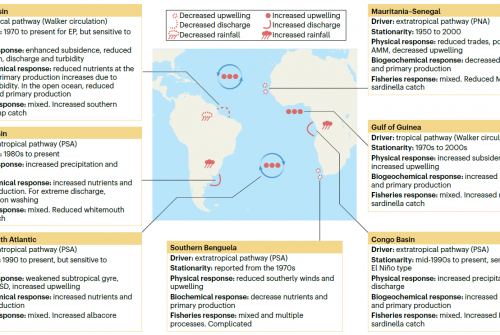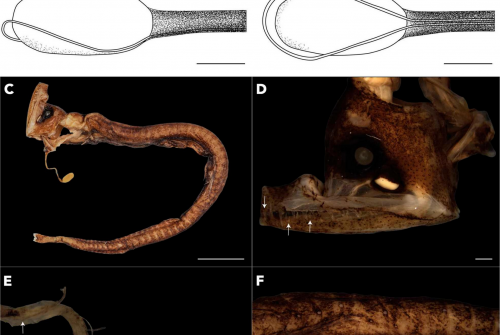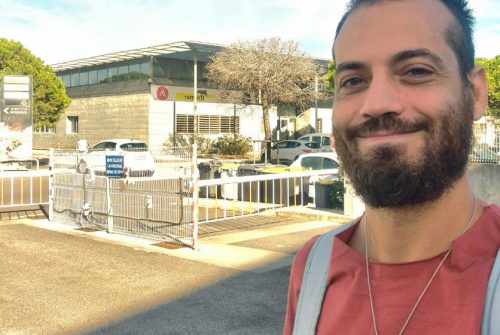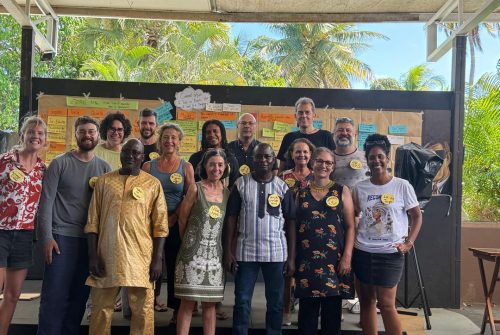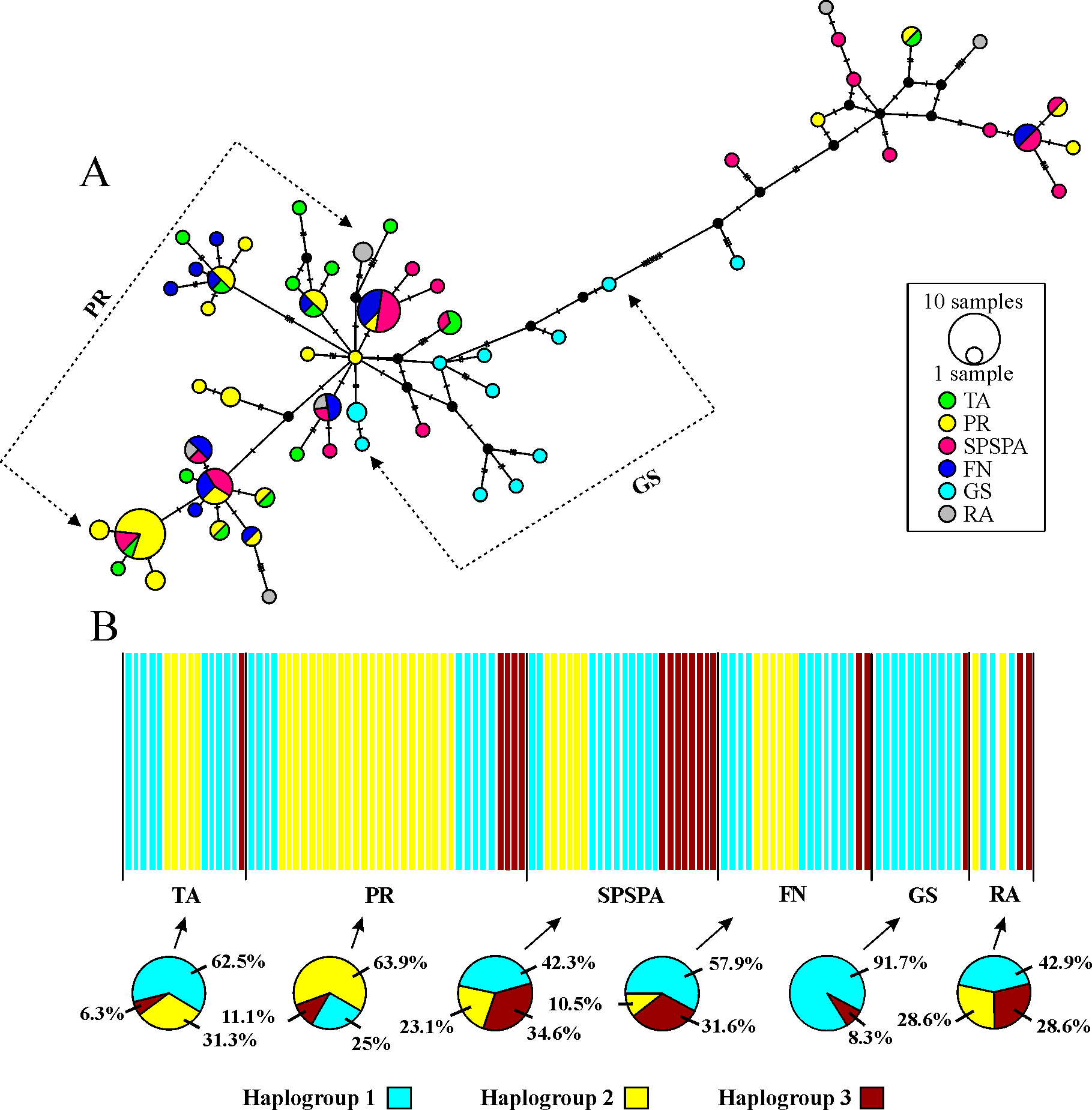
The phylogeography of the holoplanktonic chaetognath Flaccisagitta enflata was investigated in the Tropical Western Atlantic (TWA). Considering the cosmopolitan range of this species and the fact that its entire life cycle is planktonic, the central hypothesis of this study is that F. enflata exhibits connectivity due to its high dispersal capacity, forming a panmictic population among the study sites. The evaluated areas included neritic (Port of Recife–PR, and Tamandaré – TA) and oceanic (Fernando de Noronha Archipelago—FN, Rocas Atoll—RA, Guará seamount—GS and Saint Peter and Saint Paul’s Archipelago—SPSPA) locations of the Brazilian Blue Amazon. We used COI gene sequences as molecular marker. Partial sequences (425 bp) were obtained for 116 specimens and employed to reconstruct the phylogeny, build an haplotype network, evaluate gene flow through a migration model, and estimate diversity indices, population structuring and demographic history. High levels of haplotype diversity (mean: 0.98) and moderate to high levels of nucleotide diversity (mean: 0.023) were observed. The phylogeny and the haplotype network topologies showed some geographic clustering, indicating local structuring in GS and PR. This finding was supported by the AMOVA high global Φst (0.033, significant) and some pairwise Φst comparisons (7 out of 15 were significantly >0). Significant differences suggested lower levels of connectivity when GS population was compared to those of FN and SPSPA; as well as when TA was compared to FN. These results might be related to particularities of the oceanic dynamics which rules the TWA, sustaining such dissimilarities. Structuring was also observed between PR and all oceanic locations. We hypothesize that the topography of the port inlet, enclosured by a reef barrier, may constrain the water turnover ratio and thus migration rates of F. enflata in the TWA. Accordingly, Migrate-N yielded a four metapopulations model (PR ⇌ TA ⇌ SPSPA+FN ⇌ GS+RA) as the best (highest probability; ~0.90) to represent the structuring of F. enflata in the TWA. Therefore, the null hypothesis of one randomly mating population cannot be accepted. The demographic evaluation demonstrated that the neutral hypothesis of stable populations may not be rejected for most of the locations. This work is the start point to broaden the knowledge on the phylogeography and population genetic structure of a numerically dominant species in the Western Atlantic, with key role in the marine trophic web.
https://doi.org/10.1371/journal.pone.0231574
Reference
Danielle C. M. Melo ,Simone M. A. Lira ,Ana Paula B. Moreira ,Lucas Freitas,Camilla A. D. Lima,Fabiano Thompson,Arnaud Bertrand,Alex C. Silva,Sigrid Neumann-Leitão
1 Departamento de Oceanografia, Universidade Federal de Pernambuco, Recife, Brazil, 2 Programa de po´s-graduac¸ão em Ecologia, Universidade Federal Rural de Pernambuco, Recife, Brazil, 3 Instituto de Biologia, Universidade Federal do Rio de Janeiro, Rio de Janeiro, Brazil, 4 Departamento de Gene´tica, Evoluc¸ão, Microbiologia e Imunologia, Universidade Estadual de Campinas, São Paulo, Brazil, 5 SAGE— COPPE, Centro de Gestão Tecnolo´gica—CT2, Rio de Janeiro, Brazil, 6 Departamento de Pesca e Aquicultura, Universidade Federal Rural de Pernambuco, Recife, Brazil, 7 MARBEC, CNRS, Ifremer, IRD, Institut de Recherche pour le De´veloppement (IRD), Universite´ Montpellier, Sète, France



